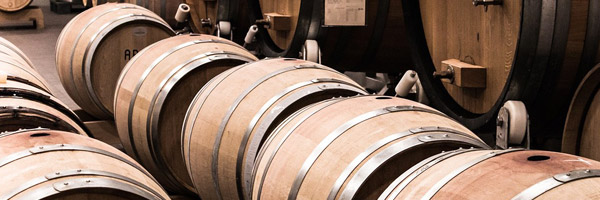Blog » Ambienthotels Blog
Bardolino and Valpolicella wines

The fame of Italy for the wines is so famous, but also the Lake Garda as a wine haven stretches back to the prehistoric age. Archaeological excavations have discovered large amounts of grape seeds around Bardolino, Peschiera and Cisano. There is evidence that ancient Romans had an unmatched masterly of making wines.
The Bardolino Wine
Today, Lake Garda is world-famous for the excellent wines made around it. Among the most popular wines is Bardolino. Although it’s named after an area in which the grapes used to be grown, it is also produced in other areas including Cavanion Veronese, Costermano, Garda, Affi and Lazise.
In 1968, Bardolino became one of the first wines from Veneto area to get DOC certification. When it was introduced in the Novello variety, it gained the honour of being the first Italian Novello wines to get DOC certification.
Bardolino wine owes its lightness to Lake Garda’s unique soil and climate. Bardolino wine is excellently compatible with fish dishes due its properties as a light red wine and perfect acidity. However, do not leave it out when laying the table for other dishes. They include the Veronese classic cuisine, risotto and pappardelle.
The Valpolicella Wine
The wine’s name probably comes from a combination of Latin words: vallis polis cellae. They translate to valley of many cellars. While it is produced in the region between Lake Garda and Verona, the Latin origin of its name is evidence of an enduring gut tradition of wine in the area.
The grape varieties used to produce Valpolicella are similar to those used for Bardolino. However, Corniva grapes are the most influential in the constitution of the wine, taking up between 60 and 80 percent of the blend. Coming second is Rondinella with between 20 and 30 percent of the total. The other is Molinara, which is named after the white-powder appearance on the grapes surface. A large number of winemakers are shunning molinara grapes due its light colouration.
Among the Valpolicella wine varieties is Regular which is produced from freshly harvested grapes. The most popular wines adorning tables in restaurants and Osterias in Verona, it can be sweetly drunk with food including pizza, pasta, salami and appetizers and cheese. Its alcohol content is between 12 and 13 percent.
On the other hand, Valpolicella Superiore needs to spend a minimum of one year in a wooden barrel before it arrives at the table. While most of Valpolicella Superiore wines’ alcohol content ranges between 13 and 14 percent, it should not be less than 12 percent. Due to its versatile qualities, Valpolicella Superiore will make a superb pair with pasta dishes, meat, veal, steak and even cheese.
Valpolicella shares a common grape variety and closeness of area of production with Baldorina. However, the two wines have great differences. While Valpolicella is more full bodied, Baldorina is a light wine with a bright red strawberry colour.